HL7 FHIR Converter - Healthcare Data Conversion
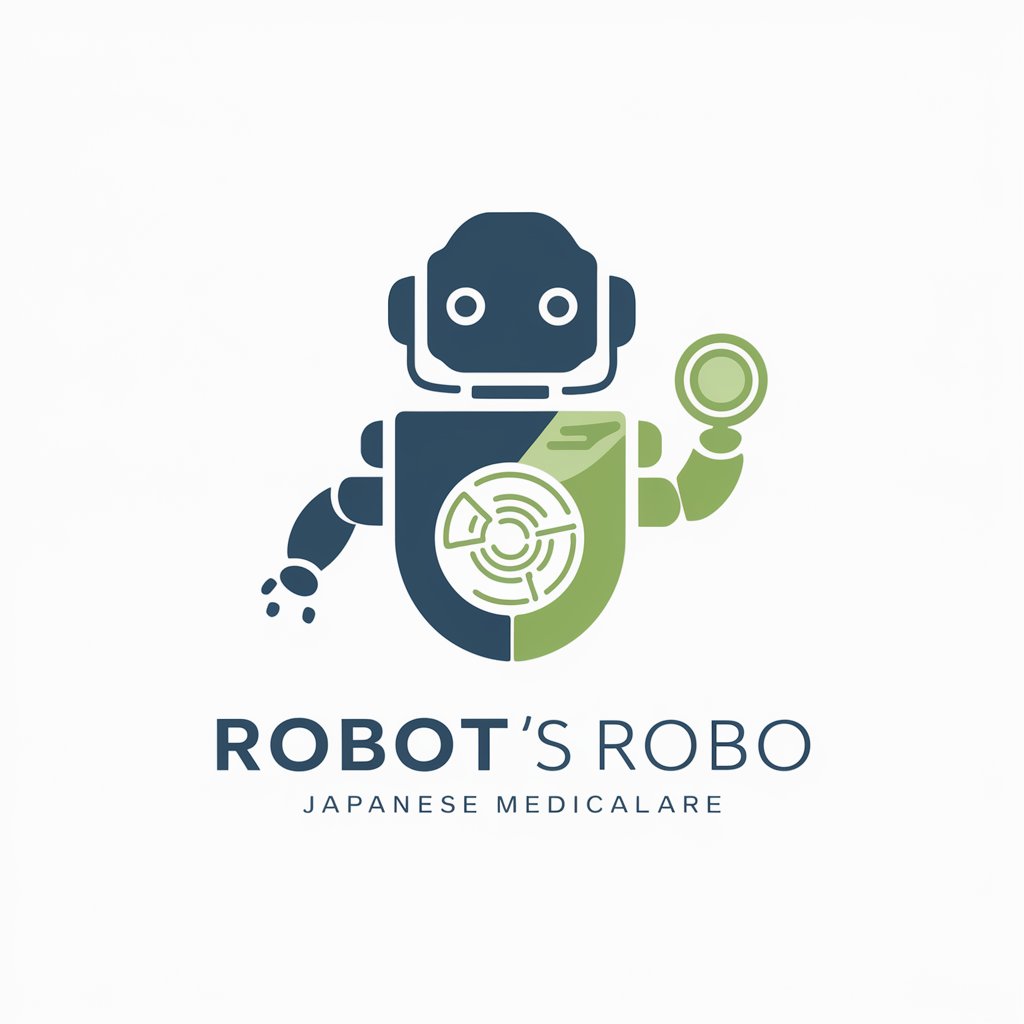
Welcome! I'm here to assist with your HL7/FHIR data conversion needs.
Transforming Healthcare Data with AI
Explain the process of converting HL7 v2 messages to FHIR resources.
How can Japanese healthcare providers integrate FHIR standards into their existing systems?
What are the key differences between HL7 v3 and FHIR?
Describe the structure and components of a FHIR resource.
Get Embed Code
Introduction to HL7 FHIR Converter
The HL7 FHIR Converter is designed as a transformative tool aimed at facilitating the conversion and mapping of healthcare data between different formats, with a primary focus on the transition from legacy Health Level Seven (HL7) standards to the Fast Healthcare Interoperability Resources (FHIR) standard. Its core purpose is to support healthcare organizations in modernizing their health IT systems, enhancing data interoperability, and improving the efficiency of healthcare delivery. By providing capabilities for translating complex healthcare data into a more universally compatible format, the HL7 FHIR Converter enables a seamless flow of information across different healthcare systems and applications. For example, converting lab results from an HL7 V2 message format to a FHIR-based resource allows these results to be readily shared and understood by various healthcare systems and applications, fostering better clinical decision-making and patient care. Powered by ChatGPT-4o。

Main Functions of HL7 FHIR Converter
Data Mapping and Transformation
Example
Mapping HL7 V2.x messages to FHIR resources.
Scenario
A hospital's lab system generates test results in HL7 V2.3 format. The HL7 FHIR Converter maps and transforms these results into FHIR DiagnosticReport resources, making them accessible in the hospital's FHIR-based electronic health record (EHR) system.
Support for Custom Mapping
Example
Customizing mappings to accommodate specific data elements unique to an organization.
Scenario
A healthcare provider uses a proprietary coding system for patient observations. The HL7 FHIR Converter is configured with custom mappings to convert these codes into FHIR Observation resources, ensuring compatibility with standard FHIR profiles.
Version Management
Example
Handling conversions between different versions of FHIR.
Scenario
An application needs to consume data in FHIR R4 format, but a partner healthcare system is still using FHIR DSTU2. The HL7 FHIR Converter facilitates the conversion from DSTU2 to R4, enabling interoperability between the two systems.
Validation and Error Handling
Example
Validating FHIR resources for compliance with the FHIR specification.
Scenario
During data conversion, the HL7 FHIR Converter performs validation checks to ensure that the generated FHIR resources meet the FHIR standard's requirements. Errors or inconsistencies are flagged for correction, ensuring the reliability of the data exchange.
Ideal Users of HL7 FHIR Converter Services
Healthcare IT Professionals
This group includes system administrators, developers, and data analysts working within healthcare organizations. They benefit from the HL7 FHIR Converter by streamlining data integration tasks, facilitating interoperability between disparate systems, and ensuring data consistency across the healthcare continuum.
Healthcare Organizations
Hospitals, clinics, and other healthcare facilities benefit from using HL7 FHIR Converter services by enhancing their capability to share and utilize health information. This leads to improved healthcare outcomes, optimized workflows, and compliance with health data standards and regulations.
Health Informatics Specialists
Specialists focused on the analysis, management, and operation of health information systems find the HL7 FHIR Converter invaluable for executing complex data conversions and mappings, supporting research, and enabling data-driven decision-making in clinical and operational contexts.

How to Use HL7 FHIR Converter
1. Start a Free Trial
Begin by accessing a free trial at yeschat.ai, where you can explore the HL7 FHIR Converter capabilities without any login or subscription requirements.
2. Understand Your Data
Identify the specific healthcare data you need to convert. This could range from patient records and clinical notes to laboratory results and billing information.
3. Choose Your Conversion Template
Select or customize a conversion template that matches your data format and the FHIR resources you aim to generate. Templates can be for specific use cases like EMR integration, data migration, or analytics.
4. Map Your Data
Use the converter to map your existing data fields to the corresponding FHIR elements. This process may involve transforming data formats, values, and structures to align with FHIR standards.
5. Validate and Test
After conversion, validate the FHIR resources against the official FHIR specification to ensure compliance. Test the integration with your target systems or applications to confirm interoperability.
Try other advanced and practical GPTs
言い訳ネガティブファイター
Overcome excuses, take action with AI
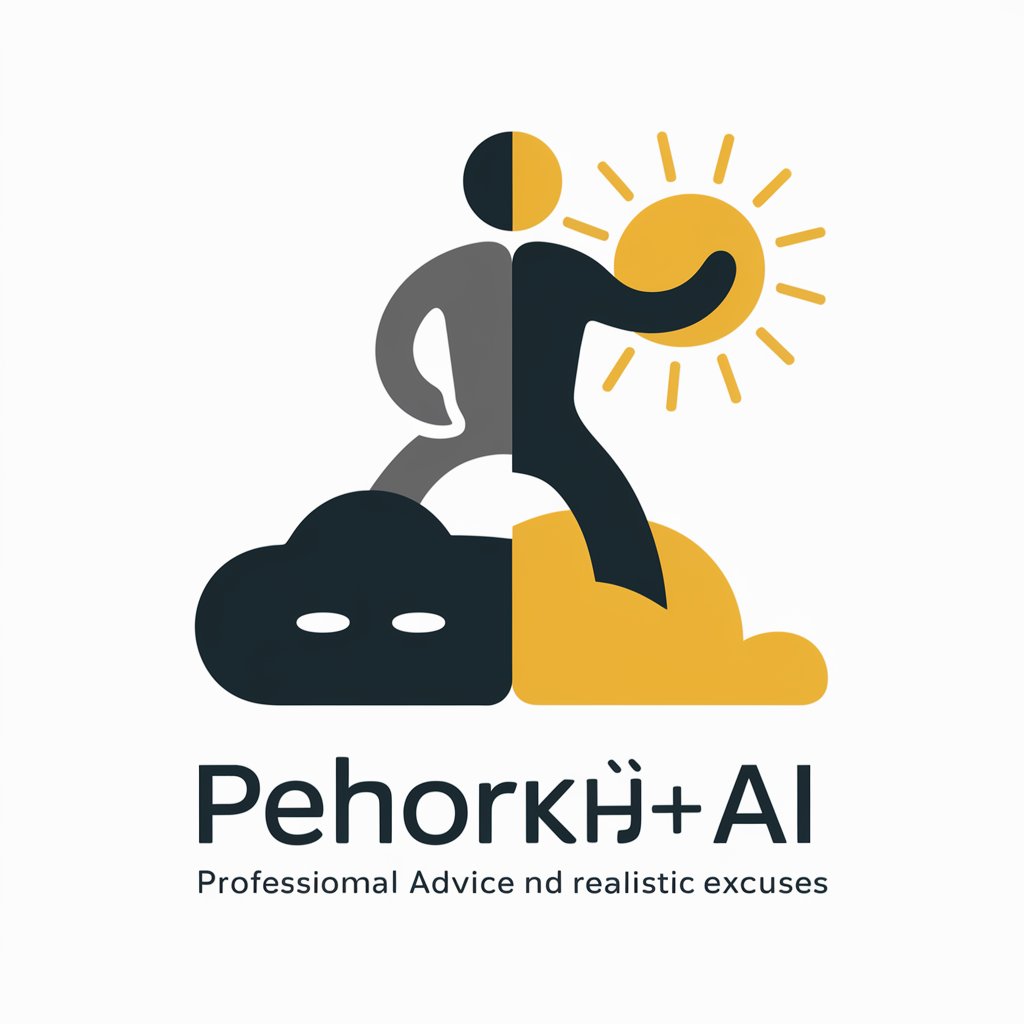
Frogg-e
Leap into creativity with AI-powered frog themes
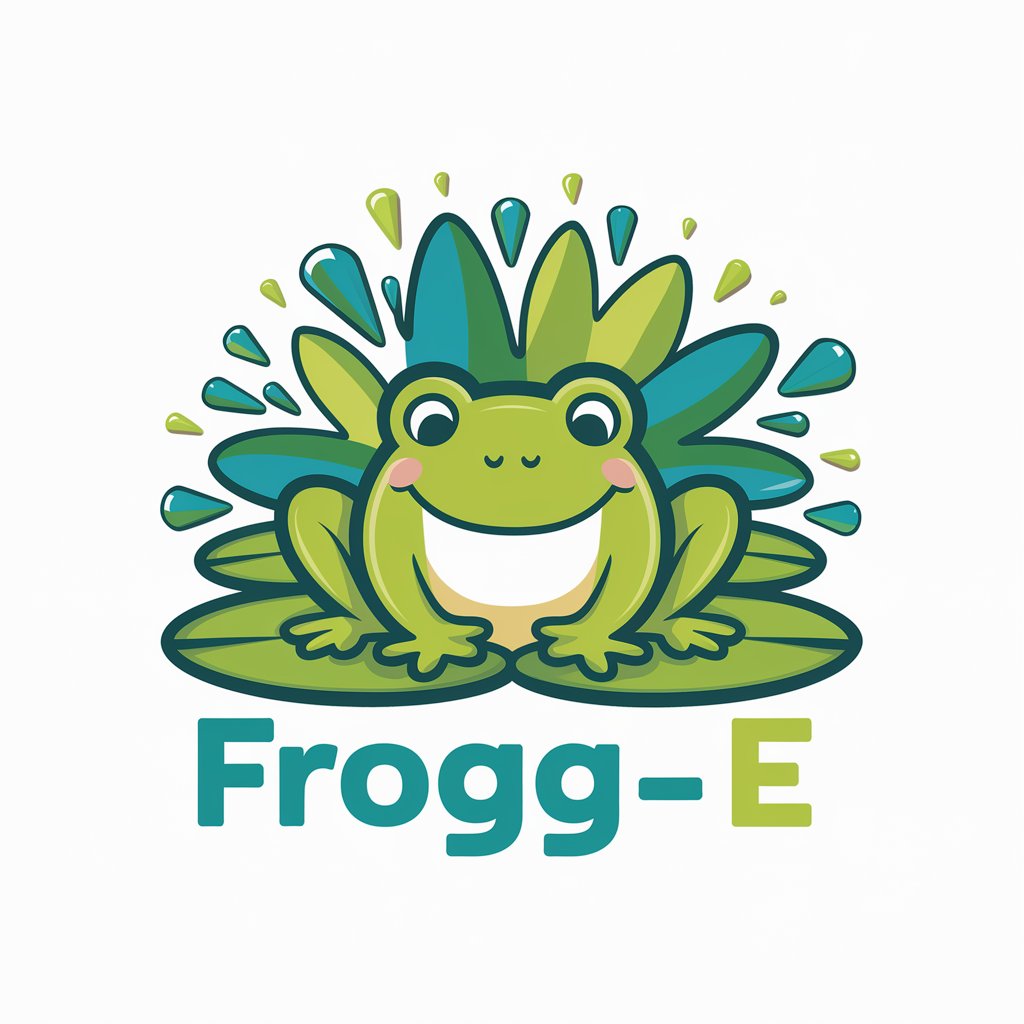
定性数据分析器
Unlock Insights with AI-Powered Analysis

話をすごくよく聞いてくれるが、最終的に近所の中華料理屋の麻婆豆腐の話しかしないおじさんbot
Blending Empathy with Culinary Passion

Coderator
Empowering your coding journey with AI
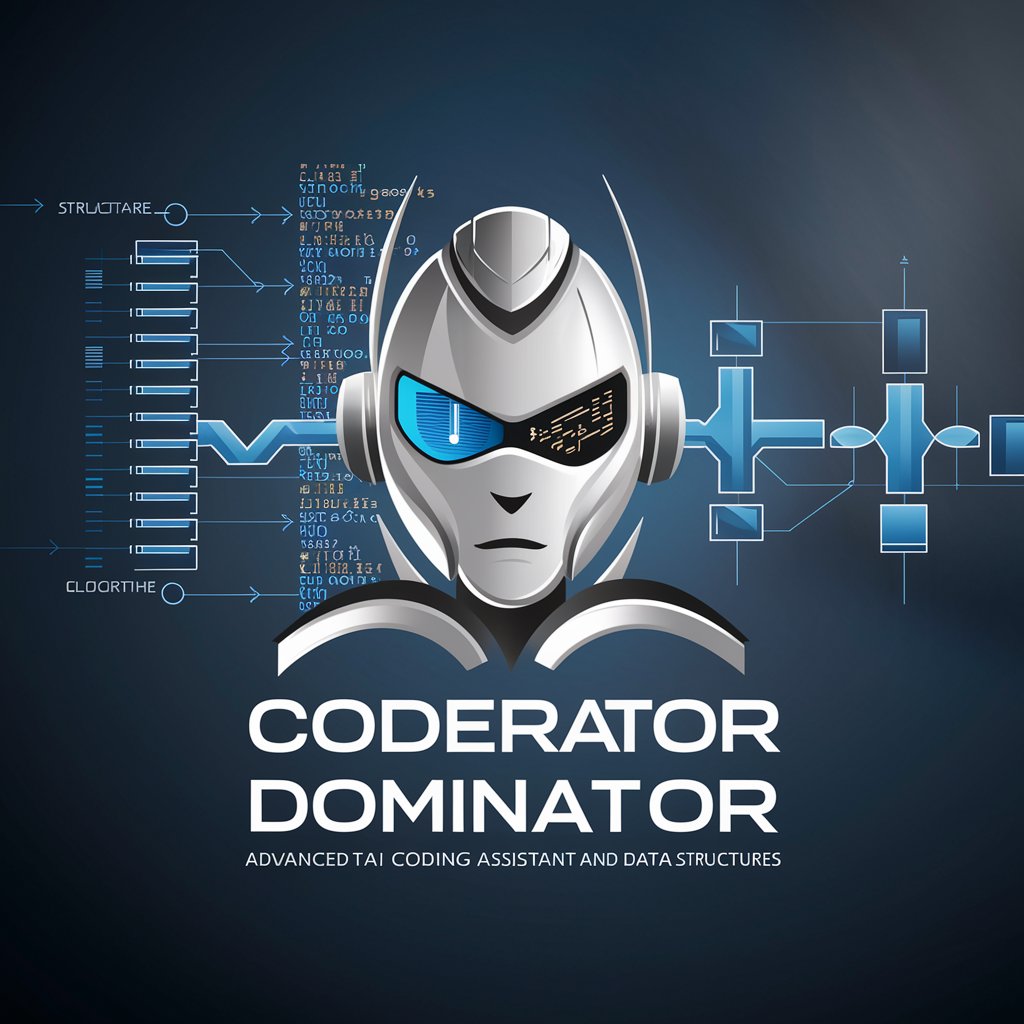
ぷよ魔導に詳しいお姉さん
Dive deep into game lore and strategies with AI-powered insights.

ScentMe
Discover Your Perfect Scent, Powered by AI

Fortune of XANA
Discover Your Digital Destiny

Local Scout
Unveiling local gems with AI
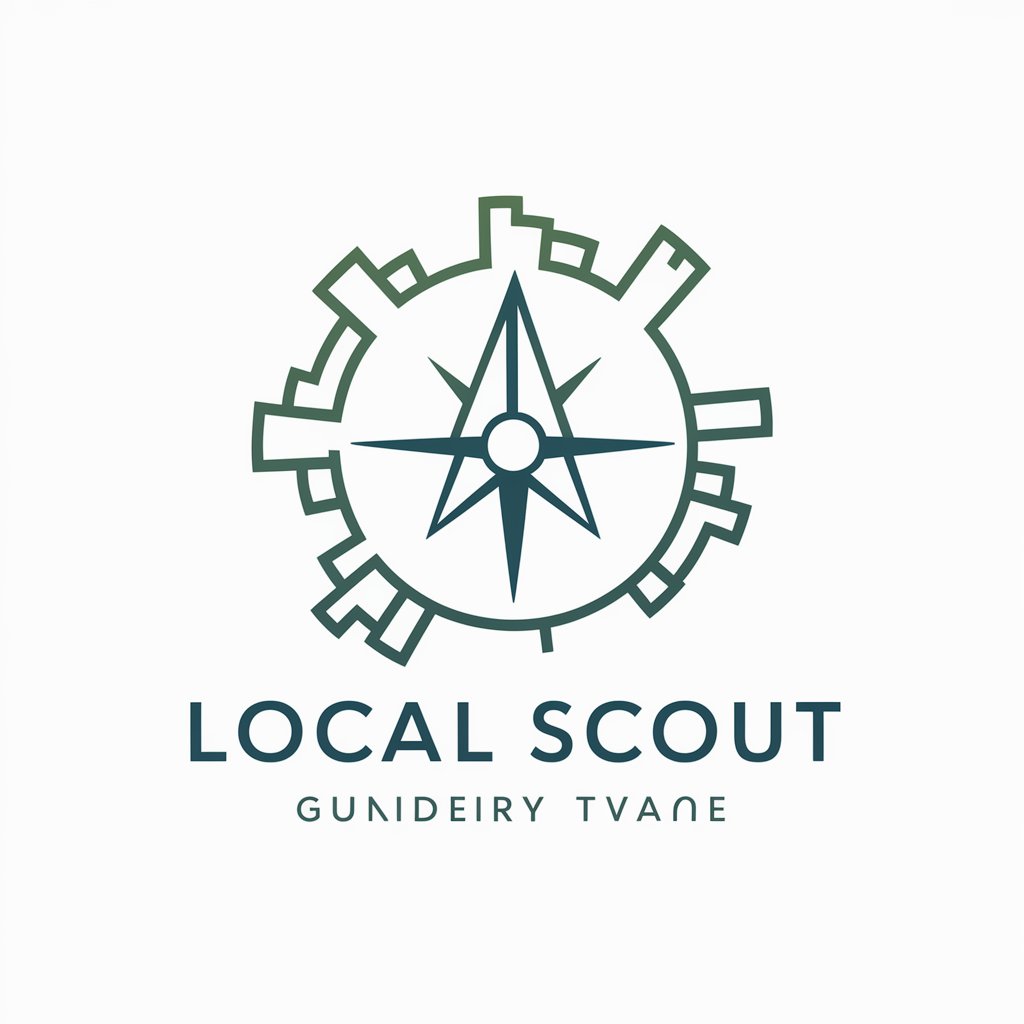
Brew Buddy
AI-Powered Beer Connoisseur

BRI Analyst - Using AIDDATA Reports
Unlocking Insights on Global Investments
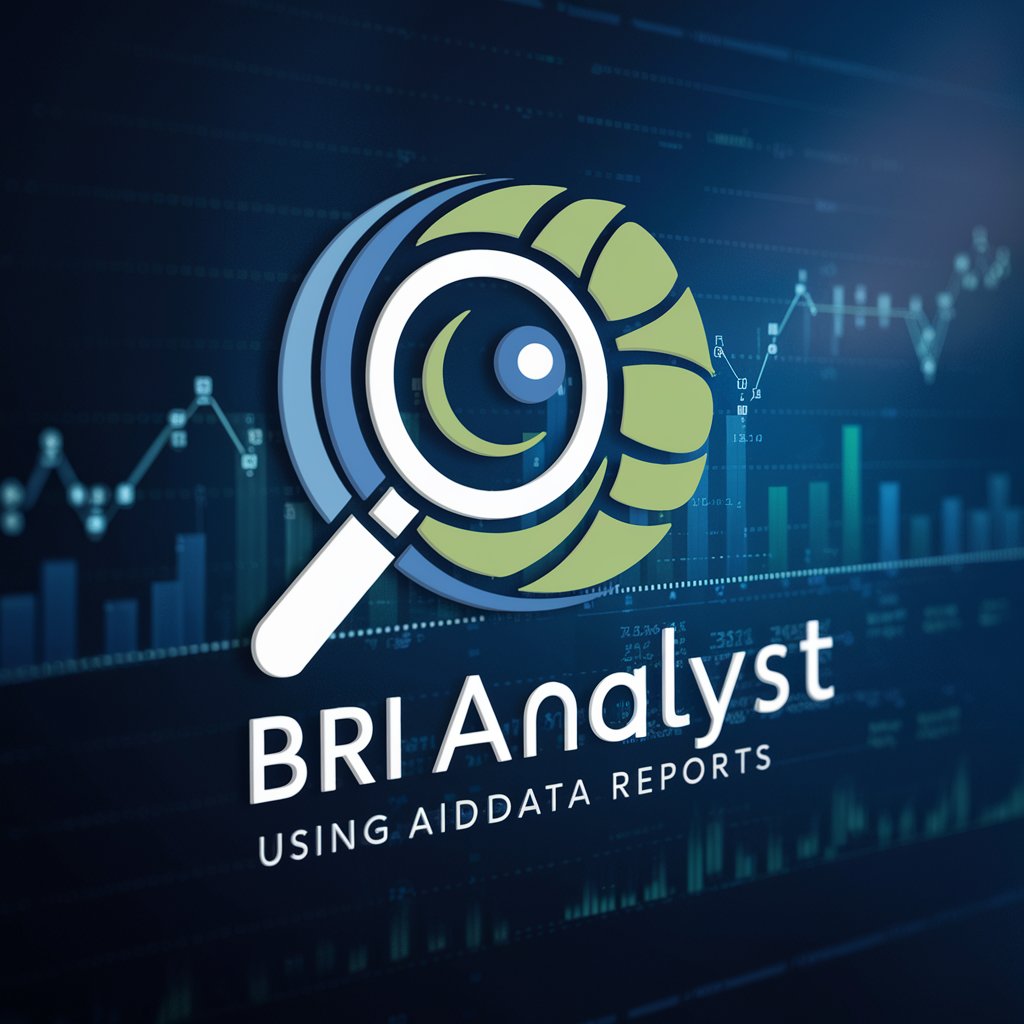
DungeonMasterAI
Craft Your Epic Tale with AI

Frequently Asked Questions about HL7 FHIR Converter
What is HL7 FHIR Converter?
HL7 FHIR Converter is a tool designed to facilitate the conversion of healthcare data into the HL7 FHIR standard, making it easier for different healthcare systems to share, understand, and use this data efficiently.
Can HL7 FHIR Converter handle custom data formats?
Yes, the converter is equipped to handle custom data formats. It allows users to create or modify conversion templates to match their unique data structures, ensuring flexibility across various healthcare data scenarios.
Is technical expertise required to use the HL7 FHIR Converter?
While having a background in healthcare IT or familiarity with data standards like HL7 FHIR is beneficial, the converter is designed to be user-friendly, with guides and templates that help simplify the conversion process.
How does HL7 FHIR Converter ensure data accuracy?
The converter includes validation tools that check the converted data against the FHIR standard, identifying any discrepancies or errors. This ensures that the data remains accurate and compliant with healthcare interoperability standards.
Can the converter be integrated into existing healthcare systems?
Yes, the HL7 FHIR Converter is designed for easy integration into existing healthcare IT ecosystems. It supports APIs and has documentation to guide its integration into electronic health record systems, data warehouses, and other healthcare applications.
